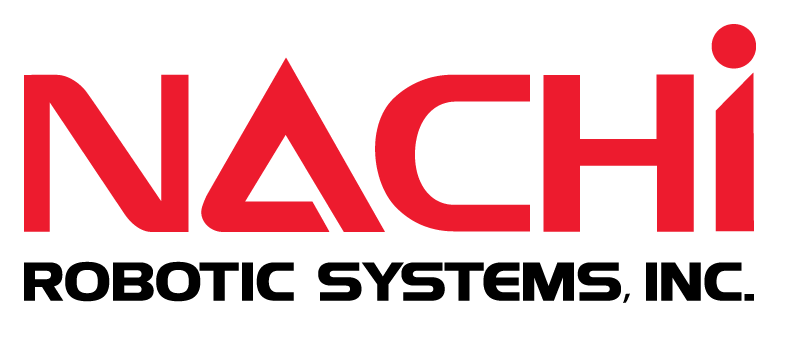Collaborative Robot Technologies
SAFETY-RATED MONITORED STOP
- The robot can be stopped in a safe position, allowing the operator to load, unload or add parts, as well as perform other tasks without shutting off the robot motor power.
- Can drastically improve cycle time by avoiding tedious restart procedures, while also minimizing additional tooling costs.
Nachi robots utilize the RMU (Robot Monitoring Unit), a Category 4 ISO 13849-1 PLe certified safety device, to prevent motion during the Safety-Rated stop period. This RMU has been certified as a safety device by TUV and complies with international safety standards for industrial robot collaborative use.
- Simplifies programming and reduces setup time by allowing the operator to program the robot using this hand-guided method
- NRS has developed a specialized safety enabled Direct Teach joystick that connects to the robot allowing the user to move the robot to program points without a teach pendant.
- Points and programmed paths can be easily taught without extensive robotics knowledge, simplifying setup and reducing programming time.
Additionally, Nachi robots can utilize Safety-Rated Monitored Stop in combination with hand guidance during automatic operation, allowing the operator to manipulate the robot along its taught path or a modified path. Combining methods of collaboration adds flexibility to operations with inherent variability in processes.
SPEED & SEPARATION MONITORING
- Safety rated sensors detect human presence and the robots’ speed is limited proportionally to the distance between robot and human.
- The robot will operate at full speed when the human is in the green zone, reduce its speed in the yellow zone and completely stop once a human enters the red zone.
- Speed reduction settings can be independently configured to the application, depending on risk assessment.
This mode can be configured to operate with collaboration methods #1 and #2 to provide a fully flexible system that can be safely stopped and manipulated at any time during automatic operation.
FOURTH MODE OF COLLABORATION:
POWER & FORCE LIMITING
- Eliminates the ability of the robot to harm a human worker.
- After performing a risk assessment, collaborative applications can be performed without the need of additional safety fencing.
- Using the Nachi RMU (Robot Monitoring Unit), limited power output motors and reduced operating speeds, operators can work side-by-side with robots without fear of harm to the operator.
- If the robot contacts a human or other object it will simply stop upon making contact without causing injury or damage.
- The robot can then be restarted from any point allowing it to continue production.
